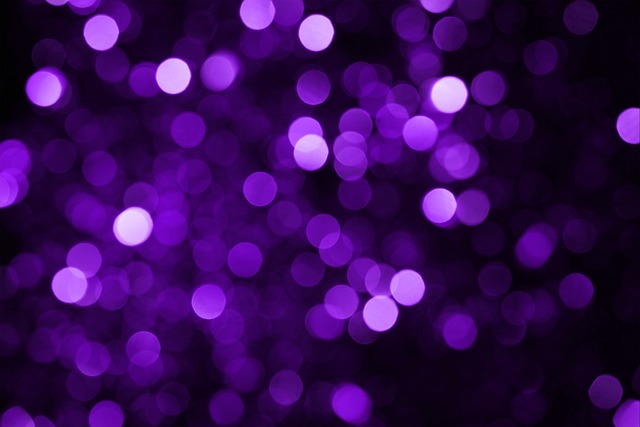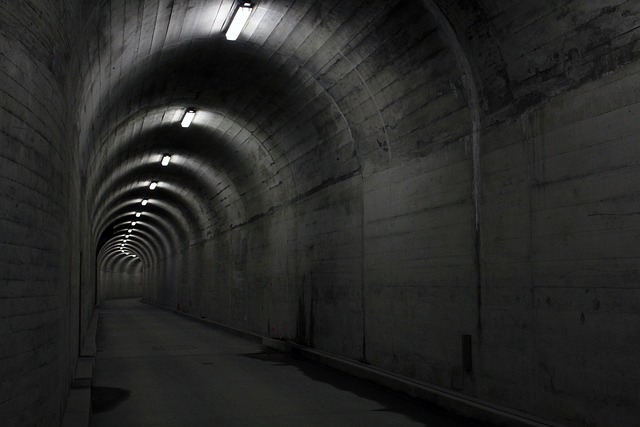Illuminating Spaces: The Role of Light Effects in Fine Arts Installations
Within the realm of fine arts, light has transcended its functional role, evolving into a dynamic medium that shapes our perceptions and invokes emotional responses. Artists have long understood that light effects can manipulate space, create atmospheres, and reflect cultural narratives, all while providing an immersive experience that resonates with viewers.
In contemporary installations, light effects often serve as a vital tool for storytelling. Artists harness light to enhance their concepts, making the invisible visible and bringing forth deeper interpretations of their work. For instance, installations featuring projected images can transform walls into canvases that change with the viewer’s movement, creating an engaging dialogue between the art and its audience.
Culture plays a profound role in how we perceive light. Different cultures have distinct associations with light and shadow, whether through religious symbolism, seasonal celebrations, or philosophical reflections. Artists draw from these cultural contexts, using light to explore themes such as hope, transformation, and the passage of time. The interplay of light and darkness can evoke nostalgia or anxiety, inviting viewers to confront their personal histories and shared collective experiences.
Art installations that utilize light effects often create multi-sensory experiences that invite contemplation. Take, for example, the installation by Olafur Eliasson, where the interplay of artificial light and mirrors creates an illusion of infinite space. This manipulation of light not only captivates but also encourages us to reflect upon our relationship with our surroundings and the often-overlooked natural world. Eliasson’s work exemplifies how light can transcend mere aesthetic appeal and delve into deep philosophical inquiries.
Moreover, the rise of technology has introduced new possibilities for light effects in art installations. Interactive exhibitions using sensors and digital projection allow audiences to engage directly with the artwork, creating environments that respond to their movements and decisions. This not only democratizes the experience of art but also reinforces the notion that light is not just a passive element but an active participant in shaping our understanding of the world.
As we continue to explore the intricate relationship between light, space, and culture in fine arts installations, it becomes clear that light effects are more than mere visual phenomena. They are powerful tools that convey emotion, provoke thought, and connect us to our cultural heritage. Each installation invites us to step into a world illuminated by creativity, where light guides our exploration and invites us to see our reality through a different lens.
In this evolving landscape of art, the shimmering dance of light remains a testament to the boundless possibilities of human expression and the enduring power of culture to inspire and transform.




